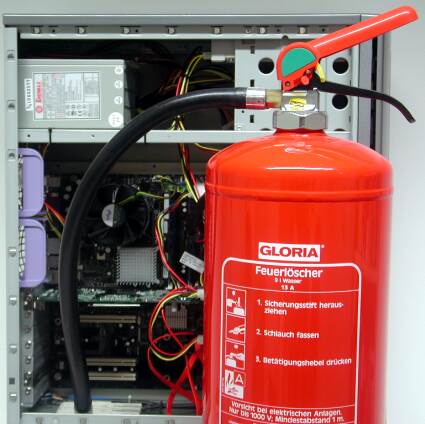The P4-560's Heat Can Crash and Kill
The Heat Can Cause Intel's P4 To Throttle And Damage Over Time
It may be hard to believe, but yes, Intel's high-end Pentium 4 processor, the 3.6 GHz 560, runs extremely close to its thermal limits, possibly causing the processor to throttle under a high load. That is still the case even today, after this product has been around for several months. Even still, Intel is going to release its faster and probably hotter 3.8 GHz Pentium 4 Processor 570 next Monday.
It took us several weeks to look into this phenomenon. Everything began with Pentium 4 560 benchmark results that kept becoming slower and slower with every repetition. We suspected the engineering sample to be fishy and contacted Intel. The German media manager Christian Anderka and a thermo technician, Benson D. Inkley, spent an entire day at our lab in order to solve the mystery.
Last but not least we had a total of three engineering samples of the Pentium 4 Processor 560. Only one out of three processors seemed to maintain the clock speed even under a high load, which is why we chose it for our subsequent tests. However, we were even more surprised to see that the same phenomenon occurred with this processor when we used a different test system. Again, the benchmark scores became worse with every repetition.
We then sent the CPU back to Intel for further analysis - even though we had to give a possible piece of evidence away. While Intel could not determine any problem, we came across the answer on our own.
Using a higher grade thermal compound (a silver oxide one) solved the problem. Now there is a big question: If an ideally ventilated system starts throttling using standard thermal compound, how would a real system that you might buy off the shelf based on Intel's specifications behave? We tried it out.
Get Tom's Hardware's best news and in-depth reviews, straight to your inbox.
Current page: The Heat Can Cause Intel's P4 To Throttle And Damage Over Time
Next Page The First Step: Buying The Processor
Patrick Schmid was the editor-in-chief for Tom's Hardware from 2005 to 2006. He wrote numerous articles on a wide range of hardware topics, including storage, CPUs, and system builds.
